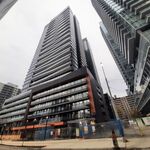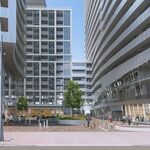The whole reason the modern LRT systems began in the late 1970s {ie Edm/Cal/Port} was because they offered a rapid transit alternative where subway constructions costs could not be justified. Often they took advantage of existing rail ROWs and/or wide blvds and mostly ran at grade allowing for large cost savings and much reduced construction times. It was a trade-off offering not quite as fast speeds, slightly less reliability, and non-automation but offering a budget those mid-size cities could afford.
Eglinton's problem is that it doesn't offer any of these advantages of either full subway or full LRT. It is a slower, less reliable, non-automated, and lower frequency system typical of LRT but is coming in at subway level prices and construction times. It's not offering the best of both worlds but rather the worst of both. In Eglinton's case this is made worse by the line having almost no signal priority as opposed to those other cities that not only have priority but in many locations actual rail guards allowing for the continuation of fast service with far less chances of an accident. Also by using rail ROW, the trains are not regulated by the posted speed limit on the road. Despite what ML may claim, the entire at-grade eastern section of the line is just a glorified streetcar and under no stretch of the imagination could it be described as rapid transit.
It's all water under the rail bridge now and they are stuck with it but due to it's slow travel times, it will never be a true 'crosstown' route that ML was hoping for. In order for Toronto to get a real crosstown route now that actually allows one to cross the non-downtown part of the city in a reasonable amount of time, they will have to wait util ML can finally get it's hands on the Milton line and use it as a crosstown RER connecting Malvern & Milton.







